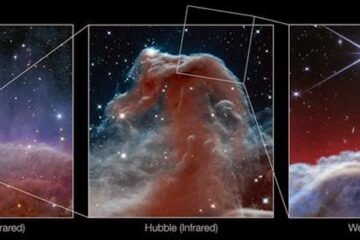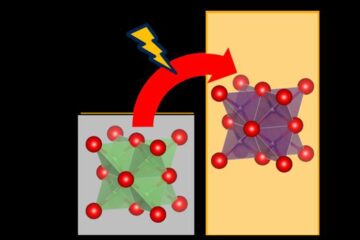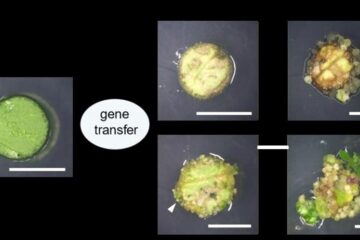Listen Up! Mice May Hold Key to Restoring Human Hearing Loss

In an effort that may someday lead to the treatment of hearing loss and balance disorders, which currently affect about 28 million Americans, Marine Biological Laboratory (MBL) visiting investigators Jeffrey Corwin and Stefan Heller are working this summer to make large numbers of mouse stem cells “grow” into inner ear sensory hair cells-acoustic receptors that are a critical part of the auditory system.
The work is important because, in humans, inner ear sensory hair cells are a precious commodity. Humans are born with only about sixteen thousand of these sound detectors in each ear, which can be easily damaged by age, certain illnesses, exposure to loud sounds, and some medications. Once damaged, the cells do not easily grow back. And with the cell loss comes so-called irreversible hearing loss.
The two scientists are collaborating to develop new methods to expand and maintain adult stem cells isolated from the mouse inner ear to establish long-term stable cell lines. This is the first step toward the ultimate goal of creating implantable human hair cells that will grow happily; eventually repairing damaged hearing and restoring balance.
Corwin, a neuroscience professor from the University of Virginia School of Medicine, and Heller, an assistant professor at Harvard Medical School will be collaborating at the MBL through August as part of the Albert and Allen Grass Faculty Grant Program.
Media Contact
More Information:
http://www.mbl.eduAll latest news from the category: Life Sciences and Chemistry
Articles and reports from the Life Sciences and chemistry area deal with applied and basic research into modern biology, chemistry and human medicine.
Valuable information can be found on a range of life sciences fields including bacteriology, biochemistry, bionics, bioinformatics, biophysics, biotechnology, genetics, geobotany, human biology, marine biology, microbiology, molecular biology, cellular biology, zoology, bioinorganic chemistry, microchemistry and environmental chemistry.
Newest articles

Webb captures top of iconic horsehead nebula in unprecedented detail
NASA’s James Webb Space Telescope has captured the sharpest infrared images to date of a zoomed-in portion of one of the most distinctive objects in our skies, the Horsehead Nebula….

Cost-effective, high-capacity, and cyclable lithium-ion battery cathodes
Charge-recharge cycling of lithium-superrich iron oxide, a cost-effective and high-capacity cathode for new-generation lithium-ion batteries, can be greatly improved by doping with readily available mineral elements. The energy capacity and…

Novel genetic plant regeneration approach
…without the application of phytohormones. Researchers develop a novel plant regeneration approach by modulating the expression of genes that control plant cell differentiation. For ages now, plants have been the…





















